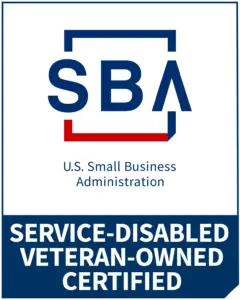Should I Secure My Website with a Secure Socket Layer?
Secure Sockets Layer (SSL) was the most widely deployed cryptographic protocol to provide security over internet communications before it was preceded by TLS (Transport Layer Security) in 1999. Despite the deprecation of the SSL protocol and the adoption of TLS in its place, most people still refer to this type of technology as ‘SSL’.
SSL provides a secure channel between two machines or devices operating over the internet or an internal network. One common example is when SSL is used to secure communication between a web browser and a web server. This turns a website’s address from HTTP to HTTPS, the ‘S’ standing for ‘secure’.
How Do I Know a Website is Secure with SSL?
Technically, SSL is a transparent protocol that requires little interaction from the end user when establishing a secure session. In the case of a browser, you can tell if a site is using SSL when a padlock is displayed or the address bar shows the URL as HTTPS instead of HTTP.
Here is an example of a website secured with SSL in Chrome 56 versus a website that is insecure.
Why Do I Need SSL?
With so much of our day-to-day transactions and communications happening online, there is very little reason for not using SSL. SSL supports the following information security principles:
Encryption: protect data transmissions (e.g. browser to server, server to server, application to server, etc.)
Authentication: ensure the server you’re connected to is the correct server.
Data integrity: ensure that the data that is requested or submitted is what is delivered.
At Kmarks Solutions, we prioritize safeguarding your online presence. Secure Socket Layer (SSL) is a cornerstone of our approach. It’s a cryptographic protocol ensuring data security between servers and browsers, crucial for protecting sensitive information like personal details and payment data. SSL establishes trust through encryption, authentication, and data integrity verification, fostering customer confidence and brand credibility. Our team specializes in SSL implementation, ensuring your website meets the highest security standards. Partner with Kmarks Solutions to fortify your digital infrastructure and provide your customers with peace of mind in today’s cyber landscape.













